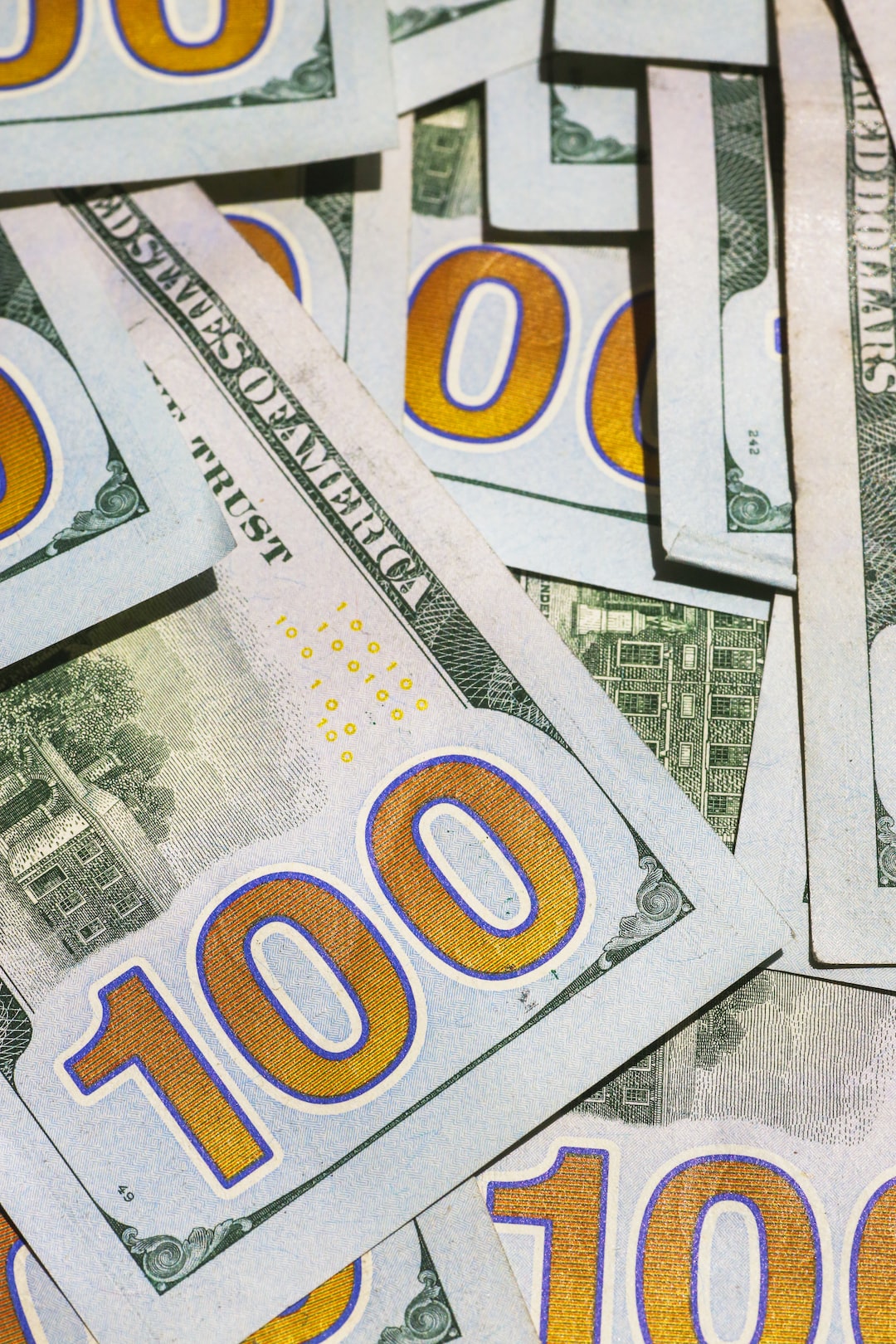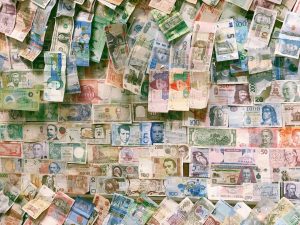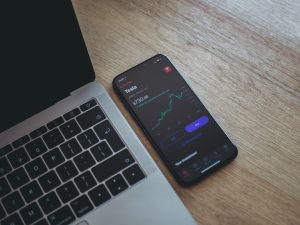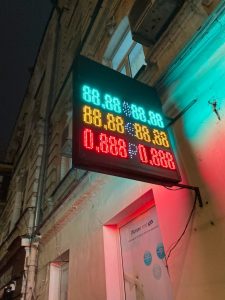Forex trading is one of the most popular and profitable businesses in the world today. However, it can be a daunting task to come up with a winning forex strategy that can guarantee consistent profits. This is where backtesting comes in. Backtesting is the process of testing a forex strategy using historical data to determine its effectiveness. In this article, we will discuss how to backtest forex strategies.
Step 1: Define the Trading Strategy
The first step in backtesting a forex strategy is to define the trading strategy. You need to have a clear understanding of the rules and conditions of the strategy. This includes the entry and exit rules, stop-loss and take-profit levels, and the indicators or technical analysis tools used.
Step 2: Gather Historical Data
The next step is to gather historical data for the currency pair you want to trade. This data should include the opening and closing prices, high and low prices, and volume. You can obtain this data from various sources, including forex brokers, trading platforms, or third-party data providers.
Step 3: Choose a Backtesting Software
Once you have the trading strategy and the historical data, you need to choose a backtesting software. There are many backtesting software options available, including MetaTrader 4 and 5, TradingView, and Amibroker. These software programs allow you to import the historical data and test your trading strategy.
Step 4: Input the Trading Strategy and Historical Data
The next step is to input the trading strategy and historical data into the backtesting software. This involves setting up the parameters of the strategy, such as the time frame, currency pair, and indicators used. You should also set up the backtesting software to simulate the trading conditions of the live market accurately.
Step 5: Run the Backtest
Once everything is set up, you can run the backtest. The software will simulate the trading strategy using the historical data and produce a report showing the results. The backtest report should include the number of trades, the profit and loss, the win rate, and the drawdown. You should also analyze the report to identify any weaknesses or areas for improvement in the trading strategy.
Step 6: Optimize the Trading Strategy
Based on the backtest report, you can optimize the trading strategy to improve its performance. This involves tweaking the parameters of the strategy, such as the entry and exit rules or the indicators used. You should then rerun the backtest to see if the changes have improved the performance of the strategy.
Step 7: Repeat the Process
Backtesting is an iterative process, and you should repeat the process until you have a trading strategy that produces consistent profits. You should also continue to backtest the strategy periodically to ensure that it remains effective in different market conditions.
Conclusion
Backtesting is a crucial step in developing a winning forex trading strategy. It allows you to test the strategy using historical data and identify any weaknesses or areas for improvement. By following the steps outlined in this article, you can backtest your forex strategies and develop a profitable trading plan.





